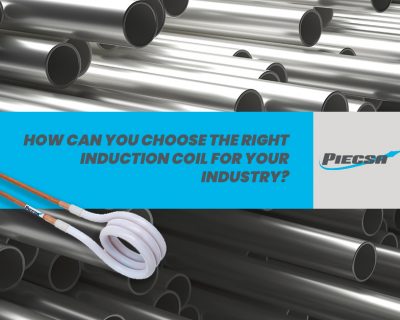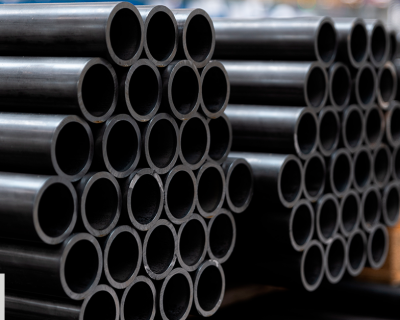Tube Mill Machine: How it works?
Piecsa has been working with tube mills since the beginning of our company’s history. This type of machinery is in great demand within the steel pipe production industries because it is easy to operate, friendly in its assembly processes, and requires simple maintenance.
It is important to mention that in order to obtain high and exceptional quality in our steel pipe production, we must ensure that our machinery not only has the required certifications and maintenance to perform optimally but also, we must incorporate high-quality consumables into our production process in order to obtain resistant steel pipes.
Tube mills produce pipe and tube by taking a continuous strip of material and continuously rolling it until the edges of the strip meet together at a weld station. At this point, the welding process melts and fuses the edges of the tube together and the material exits the weld station as a welded tube. Basic components include an uncoiler, straightener, shear, forming section, fin pass section, welder, ID and/or OD scarfing, sizing section, cut-off and stacker or runout table.
Tube-formed metals can be used in many different industries, such as gas, water, and sewage piping, structural, industrial, and scaffolding piping. Additionally, your tube and Pipe Mill can produce hollow, rectangular, round, or square piping.
Here we will show you step by step how this type of machinery is usually operated.
Flow process of the steel pipe manufacturing machine
Step 1: Tube Mill Uncoiler
Tube Mill Uncoiler the function is to support and expand the strip, so the strip can enter into the machine to form the coil. The strip can be expanded hydraulically or pneumatically and the uncoiler can be rotated 180 degrees. The strip expanding speed can be adjusted, the braking device is designed with a pneumatic or hydraulic cylinder to press the rubber brake block.
Step 2: Cutting and final welding
It is used to cut the head and the end of a steel strip from two steel coils, cutting the irregular part and then welding two steel strips, so that the machine can work continuously.
Step 3: Tube mill accumulator
Installed between the shear and end welder and the forming mill, the horizontal spiral accumulator stores a large amount of strip in a reasonable footprint space to allow enough time for the shear and end welder to cut and join the ends of two successive coils with a non-stop tube mill, It has vertical cage type accumulator for small size tube mill.
Step 4: Forming tube mill
The function of this part is to make the steel strip become the blank tube forming rollers.
Step 5: Welding and scarfing of the tube mill
The function of this part is to center the weld seam and guide the pipe blank to the welding device, so the weld seam will be closed before welding, use a scarfing tool to remove the burrs to ensure smooth welding.
Step 6: Pipe size
The function of this part is used to finish the blank pipe from the forming machine, so the pipe size can meet the physical dimension as required by the customer, square and rectangular shape and other shape profiles.
Step 7: Steel pipe straightening
4 rolls of straightening Turk’s head, straighten the pipe in line to achieve the ideal flatness.
Step 8: Pipe mill cutting saw
Cut the pipe with required length, you can adjust the length of pipe.
Step 9: Pipe mill output table
This unit is to convey the finished pipe to the packing, transmitting the pipe by dynamic roll. A signal sensing device installed at the end of the output table, when the pipe touches the signal sensing device, it will send the signal to the control panel, the control panel will start to work and discharge the pipe.
When you use machinery such as tube mills with the right consumables, regular maintenance and operators who really know their stuff, you can rest assured that at the last stage, you will get strong, excellent quality steel pipe.
At Piecsa, we not only have machinery for all types of productions related to steel pipe productions but also, we have consumables of the best qualities, imported and internationally recognized. In addition, we have trained and qualified personnel to provide installation and maintenance services to our customers and their production lines.
Click here and contact us to receive personalized attention from one of our specialists in machinery and consumables for steel pipe production. Find everything your company and the formed metal industry need in one place with Piecsa.




